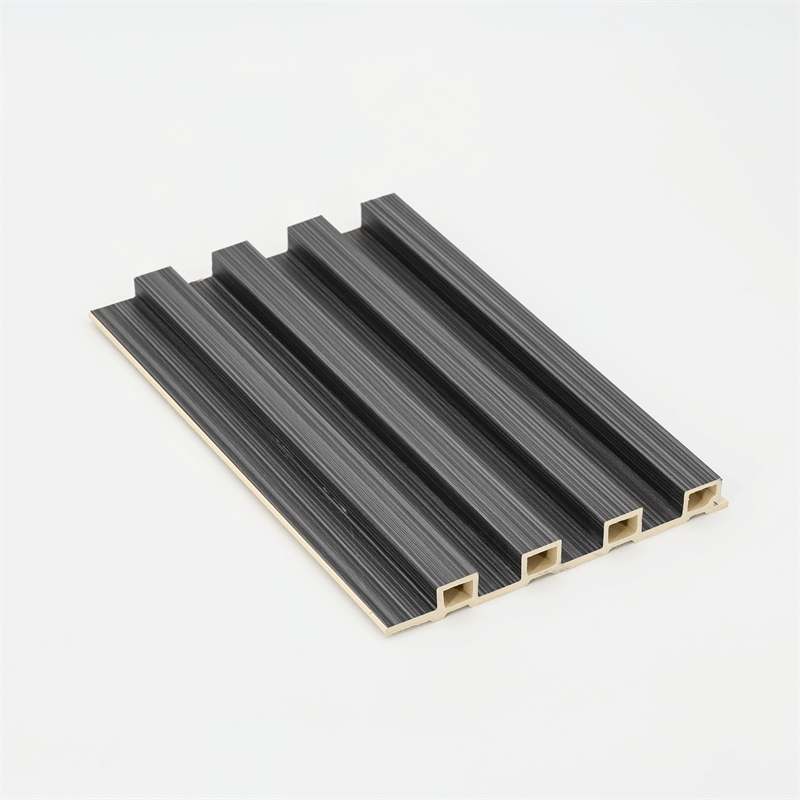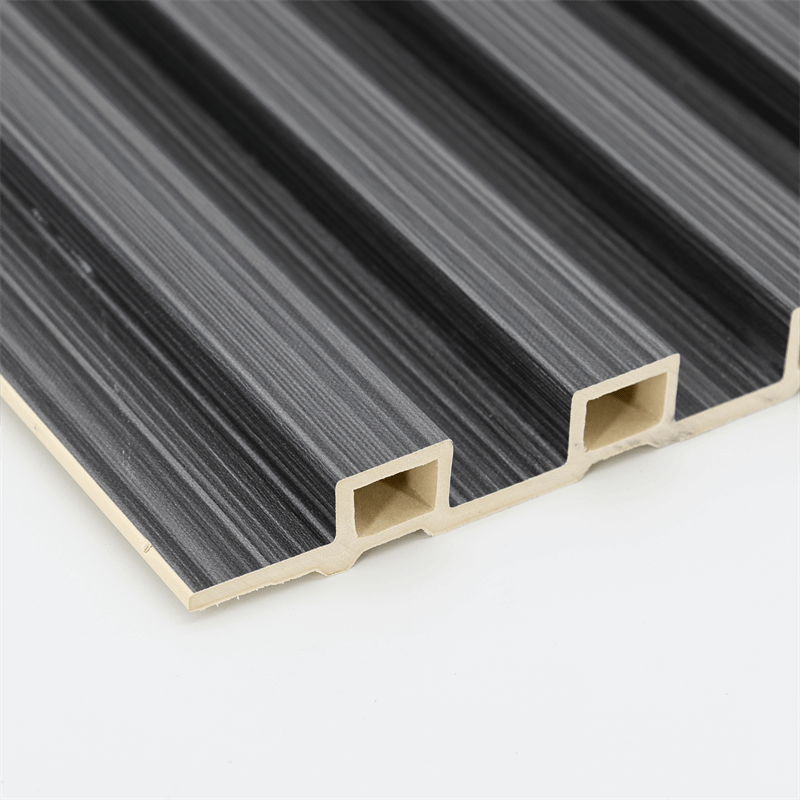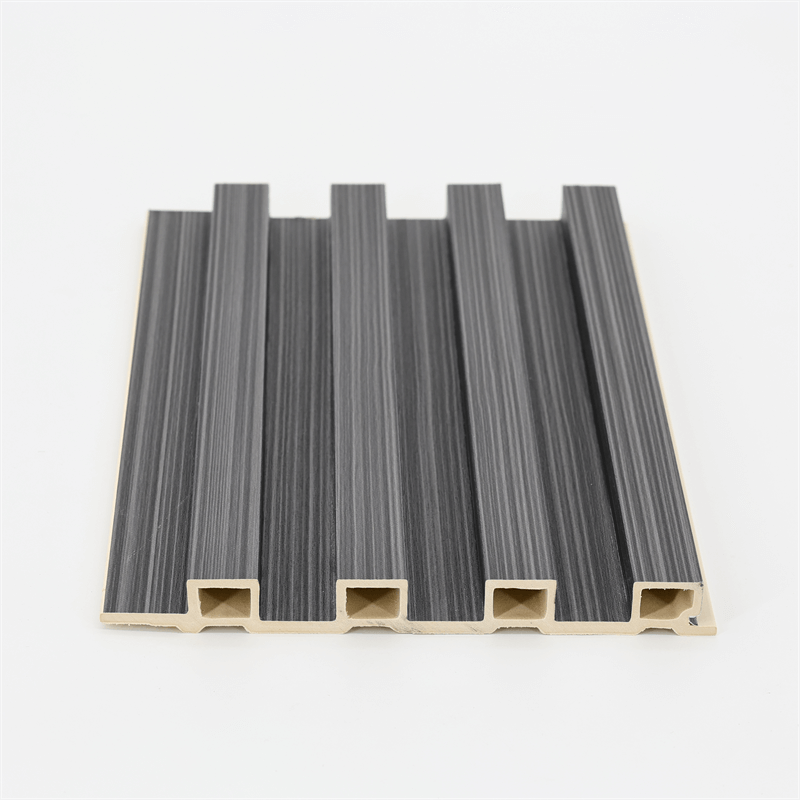
In the quest for sustainable and visually appealing interior design solutions, architects, designers,
and homeowners alike are turning to innovative materials that blend sustainability with aesthetics.
One such material that has gained significant popularity in recent years is Wood Plastic Composite (WPC).
WPC wall panels have revolutionized the interior design landscape, offering a range of benefits that cater to both environmental consciousness and artistic expression.
This article explores the rise of WPC wall panels, delves into the sustainable aspects of the material,
and showcases the myriad of design possibilities it presents, ultimately shaping the future of sustainable architecture.
The Rise of WPC Wall Panels in Modern Design
The adoption of WPC wall panels in modern design marks a shift towards more environmentally conscious and forward-thinking practices.
WPC is an engineered material that combines wood fibers or flour with plastic polymers, resulting in a durable and versatile product.
As conventional building materials deplete natural resources and contribute to pollution, WPC provides an attractive alternative.
With its ability to mimic the appearance of natural wood, stone, or other materials,
WPC offers designers the freedom to achieve various design styles while minimizing the environmental impact.
The lightweight nature of WPC makes it easy to handle and install, reducing the carbon footprint associated with transportation and construction.
Additionally, WPC wall panels often come in pre-fabricated modular forms, speeding up installation and minimizing waste on-site.
This combination of eco-friendliness, efficiency, and adaptability has made WPC an increasingly popular choice for both residential and commercial projects.

Sustainable Materials: A Closer Look at WPC
Central to the appeal of WPC wall panels is their eco-friendly composition, which stems from the materials used in their production.
The wood fibers or flour in WPC are often sourced from recycled wood waste or sustainably managed forests, reducing the demand for virgin timber.
By reusing wood particles that would otherwise end up in landfills, WPC helps minimize the environmental impact of deforestation.
Moreover, the plastic component of WPC usually consists of recycled materials like polyethylene, polypropylene, or PVC.
Incorporating post-consumer plastic waste into WPC not only reduces the burden on landfills but also reduces the energy and resource consumption associated with traditional plastic production.
WPC wall panels’ sustainable attributes extend to their long lifespan and low maintenance requirements.
Unlike traditional materials, WPC is resistant to rot, decay, and insect damage, resulting in a significantly longer product life cycle.
Furthermore, WPC wall panels do not require the application of toxic chemicals for preservation, promoting a healthier indoor environment.
Unleashing Creativity: Aesthetics and Design Possibilities
While sustainability is a driving factor behind the adoption of WPC wall panels, their design versatility and aesthetic appeal have not gone unnoticed.
Designers can choose from a wide array of finishes, textures, and colors to achieve the desired look, whether it’s a rustic wooden appearance, sleek contemporary style, or even a brick-like facade.
Innovative manufacturing techniques allow for the replication of natural wood grains,
giving WPC wall panels an authentic appearance without the drawbacks of natural wood, such as susceptibility to moisture and fading.
As a result, homeowners and designers can enjoy the beauty of wood while contributing to the preservation of forests.
WPC panels also serve as a canvas for creative expression.
They can be molded into various shapes, adding depth and dimension to interior spaces.
Additionally, some WPC panels incorporate 3D designs, providing a visually stunning focal point in any room.
The combination of sustainable materials and design flexibility opens up endless possibilities for unique and eye-catching interior design concepts.

Embracing the Future: WPC Wall Panels and Sustainable Architecture
As sustainability becomes an increasingly urgent concern, the integration of WPC wall panels into sustainable architecture is becoming a defining trend.
The eco-friendly attributes of WPC align with the principles of sustainable design,
which emphasize reducing environmental impact, conserving resources, and creating healthier living spaces.
WPC wall panels contribute to improved energy efficiency by providing additional insulation, reducing the need for heating and cooling.
Moreover, their durability and resistance to moisture make them a suitable choice for humid or coastal environments, where traditional materials may succumb to decay.
In commercial settings, WPC panels can be used to create visually striking and sustainable facades, showcasing a business’s commitment to environmental responsibility.
Embracing WPC wall panels as part of sustainable architecture not only benefits the environment
but also enhances a project’s overall aesthetics and appeal, attracting eco-conscious clientele and investors.
The rise of WPC wall panels in modern design exemplifies a growing demand for innovative and sustainable interior solutions.
The material’s eco-friendly composition, combined with its design versatility and aesthetic appeal,
positions WPC as a leading choice for architects, designers, and homeowners seeking to create stunning spaces with a reduced environmental footprint.
As WPC continues to evolve and find new applications, it is clear that it will play an instrumental role in shaping the future of sustainable architecture and interior design.
